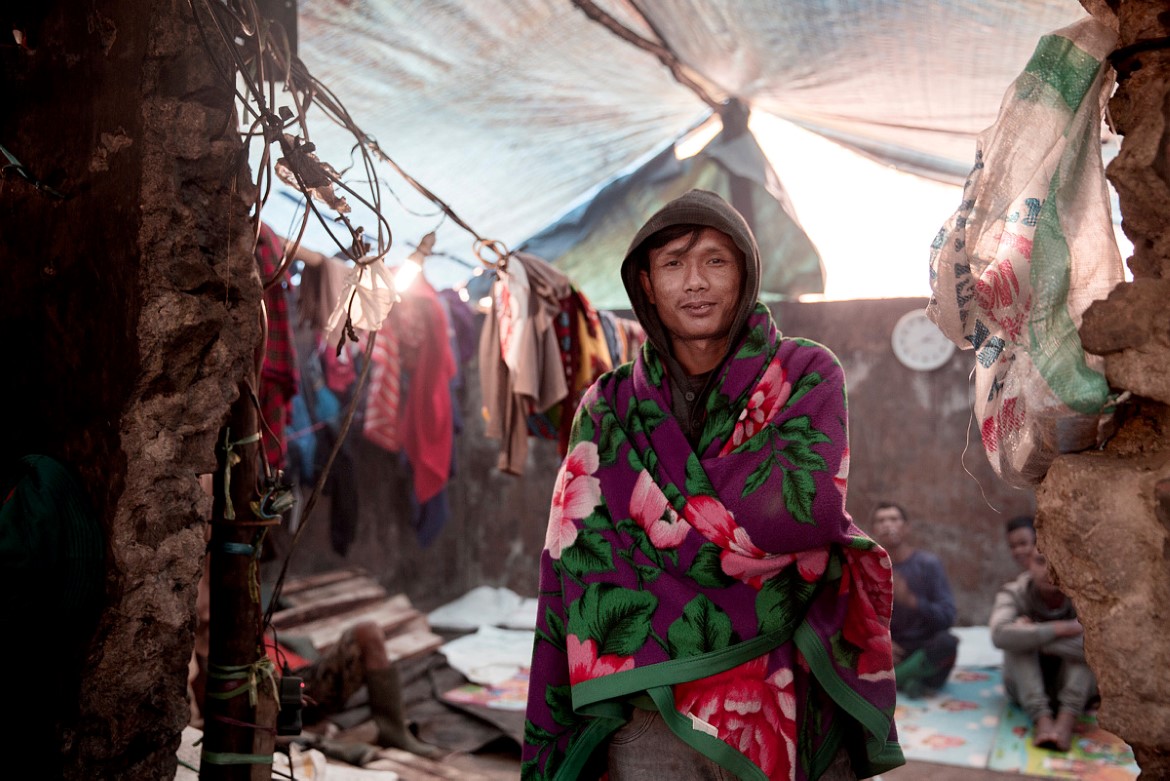
International Land and Forest Tenure Facility
Organization
Tenure FacilityWhy
There has been longstanding, unmet and growing demand from Indigenous Peoples and local communities, for secure tenure to customarily owned lands, forests, and other natural resources in developing countries.
In the last several years, the demand for stepped-up and more effective solutions to insecure tenure in rural and forested areas has grown even more acute among governments, the development cooperation community, private investors, and companies.
The reasons for this new and widespread support vary. Secure local land rights are increasingly recognized as a low-cost strategy to reduce forest carbon emissions; a means to reduce financial risk to investments and secure a sustainable supply of commodities; and a basic human right of the people whose lives and livelihoods rely on local resources.
The International Land and Forest Tenure Facility is an international financial mechanism focused on securing land and forest rights for Indigenous Peoples and local communities across the developing world.
Recognizing local and Indigenous rights to land and forests constitutes one of the most important opportunities to promote sustainable rural development, address global climate goals, and reduce local conflict at a reasonable cost.
What
Budget
140 000 000 NOK for the period 2017-2020. The initial grant for the period 2017-2018 was administered by the Rights and Resource Group on behalf of the Tenure Facility.
The Tenure Facility provides grants and technical assistance directly to Indigenous Peoples and local communities´ organizations to scale up implementation of land and forest tenure reform policies and legislation; and enable governments and communities to test new models and approaches to securing rights.
Through grants and assistance, the Tenure Facility supports practical solutions to implementation challenges, assists governments and communities to overcome administrative obstacles to land rights recognition and titling, and builds the capacity of government agencies responsible for titling and protecting indigenous and community rights.
Designed to maximize its contributions to this goal, the Tenure Facility program consists of two principal components or types of input:
Support to projects: Financial and technical support to existing, local initiatives and movements working to advance implementation of progressive land laws and policies to secure the land and tenure rights of Indigenous Peoples, local communities and those whom they represent, women and men.
Knowledge sharing and learning: Facilitating exchange and learning among Indigenous Peoples’, local communities, women’s organizations, producer organizations, other civil society organizations, governments, funding agencies, private companies, investors and other key stakeholders. The focus is on practical approaches for implementing land and forest tenure reform.
Expected Results
The planned effect on society is improved well-being and natural resource management in Tenure Facility project countries.
The expected outcomes for the project are
- Indigenous peoples and local communities (IPLC) realize and maintain rights to land and forests in Tenure Facility project areas
- Government and other relevant duty bearers respect, promote and provide conditions for IPLCs to realize and maintain land and forest tenure rights in Tenure Facility project countires
Geography
Norad’s support to the Tenure Facility is channeled to projects in focus countries for Norway’s International Climate and Forest Initiative. Upon signing of the agreement, this included Peru, Indonesia, Colombia, Liberia, Guyana and DRC. For an updated overview of where the Tenure Facility is working, please refer to the organisation’s own homepage.
About the project descriptions
The project descriptions give insight in the NICFI portfolio for civil society organisations supported by Norad.
The descriptions presented are written by the project partners. Only minor edits have been undertaken by Norad. Their presentations and conclusions do not necessarily reflect the views of Norad.
